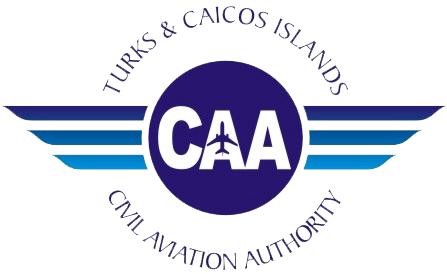Unmanned Aircraft
Introduction
Traditionally unmanned aircraft have only been used by model aircraft enthusiasts for recreational purposes. However, they are increasingly being used for professional applications such as surveillance and data-gathering. Such aircraft are likely to be operated in a way that may pose a greater risk to the general public. Unlike manned aircraft or model aircraft used for recreational purposes, there are no established operating guidelines so operators may not be aware of the potential dangers or indeed the responsibility they have towards not endangering the public.
Furthermore, much larger unmanned aircraft are now being developed. These aircraft are required by National and European law to be designed and manufactured to an approved standard, and very often require a great deal more space in which to operate. Therefore it is often necessary to take additional steps to ensure that the aircraft can be safely integrated with other airspace users - both in the air and on the ground.
In January 2010 the TCICAA introduced new regulations that require operators of small unmanned aircraft used for aerial work purposes and those equipped for data acquisition and/or surveillance to obtain permission from the TCICAA before commencing a flight within a congested area or in proximity to people or property. Details of the permission and how to apply are explained in the links below.
Terminology
The terms Unmanned Aircraft (UA) or Remotely Piloted Aircraft (RPA) are used to describe the aircraft itself, whereas the term Unmanned Aircraft System (UAS) is generally used to describe the entire operating equipment including the aircraft, the control station from where the aircraft is operated and the wireless data link. The term Unmanned Aerial Vehicle (UAV) is still referred to in some areas, but this is progressively being phased out so that the 'aircraft' classification is given a clearer emphasis.
